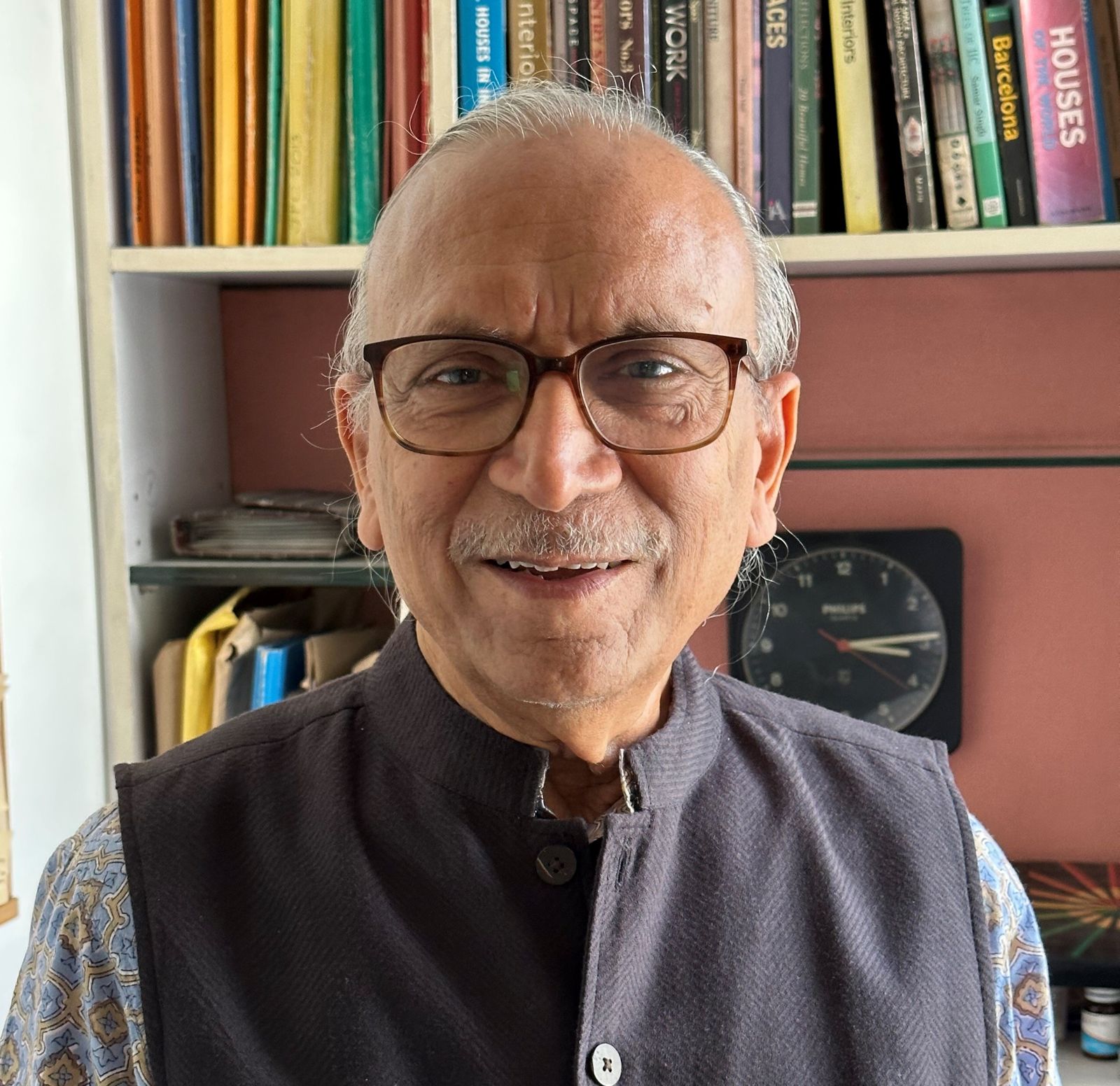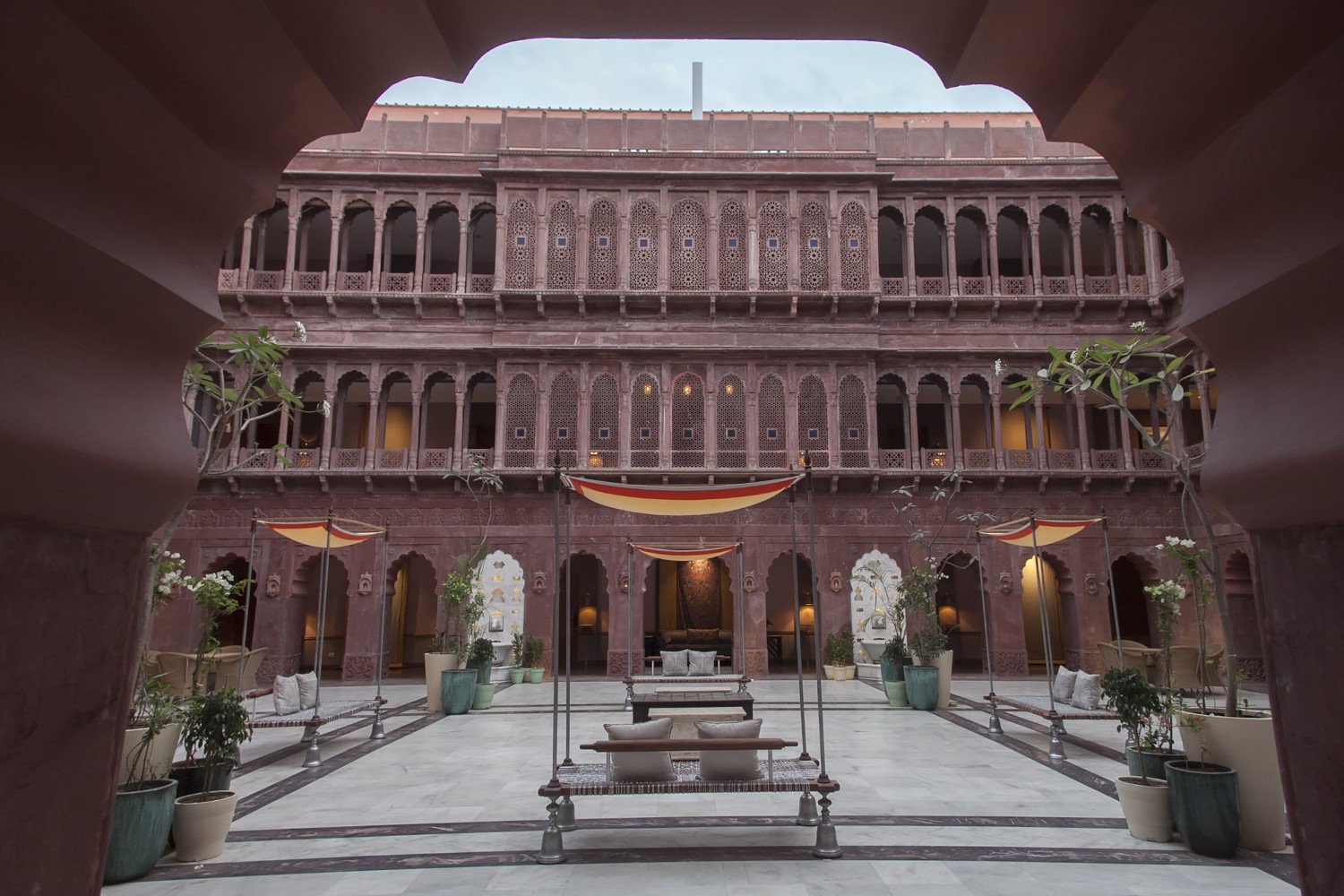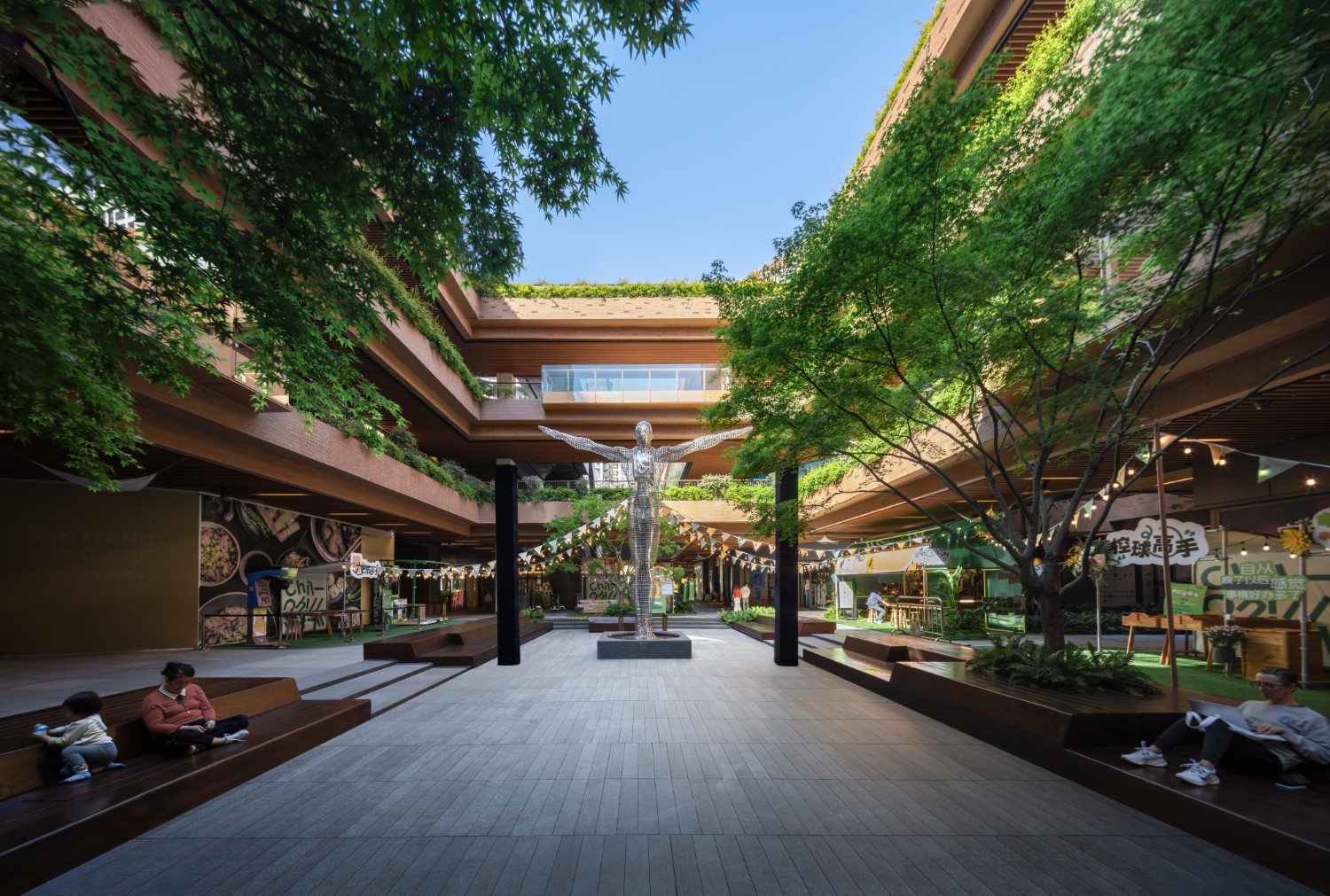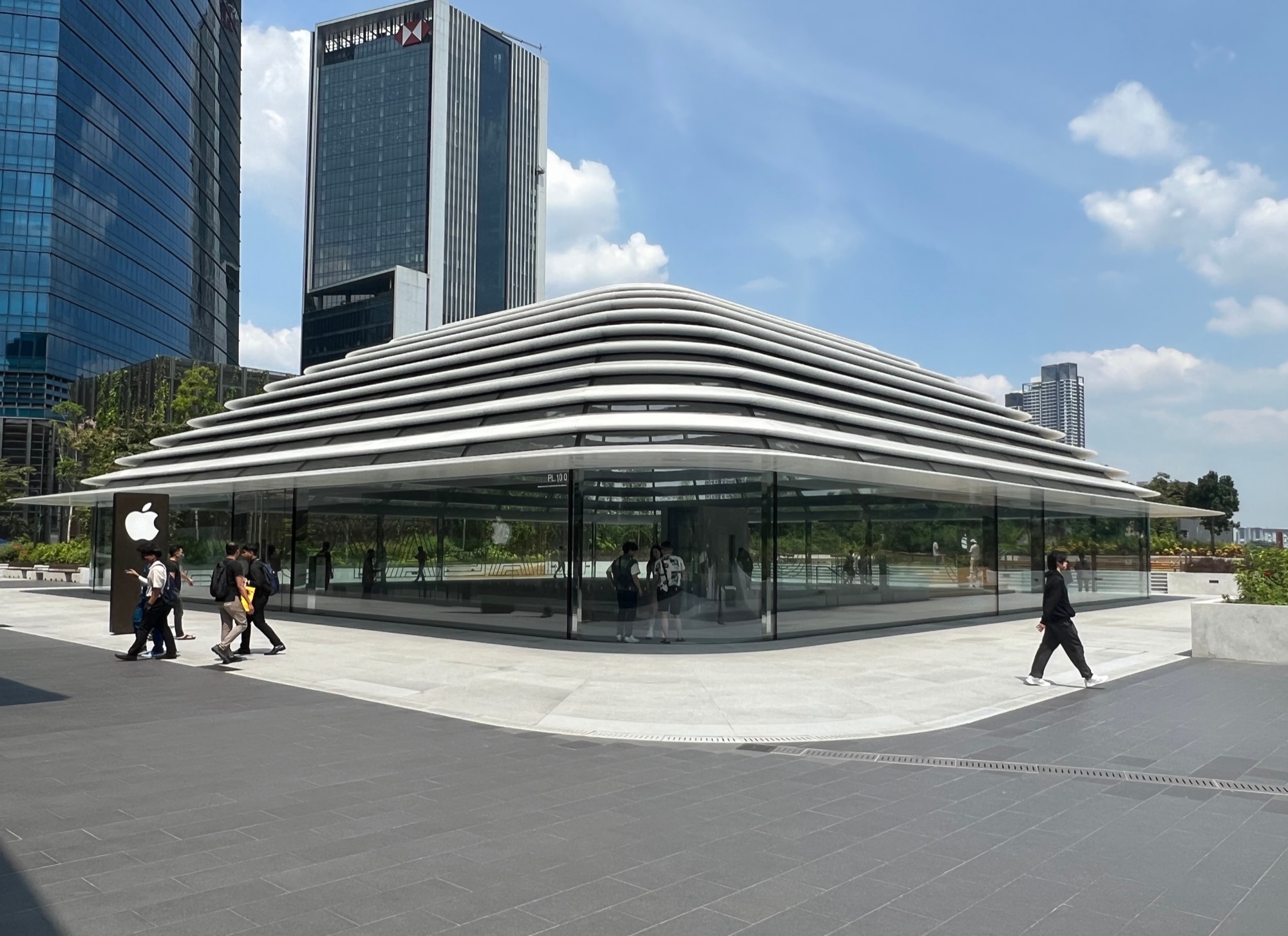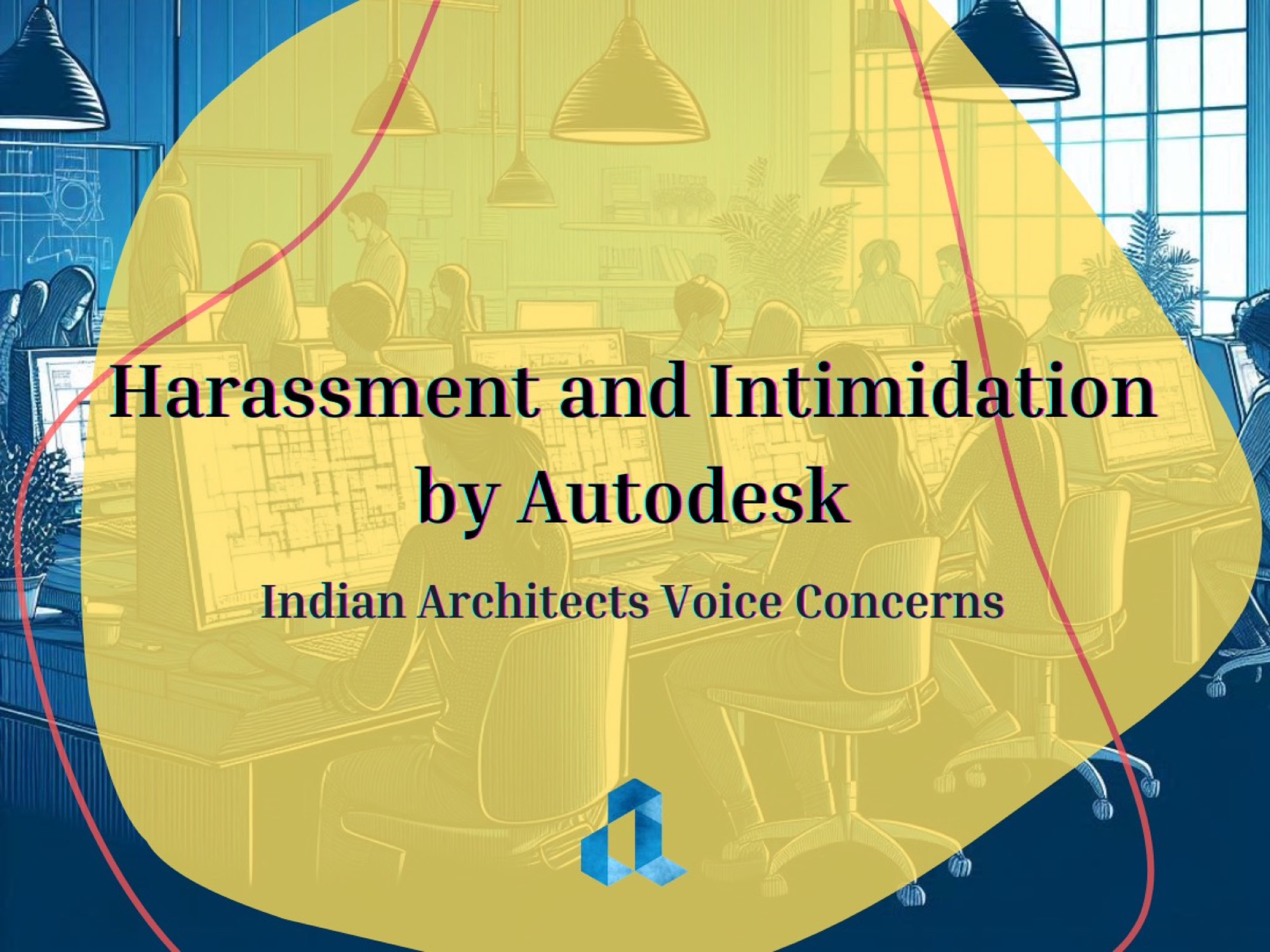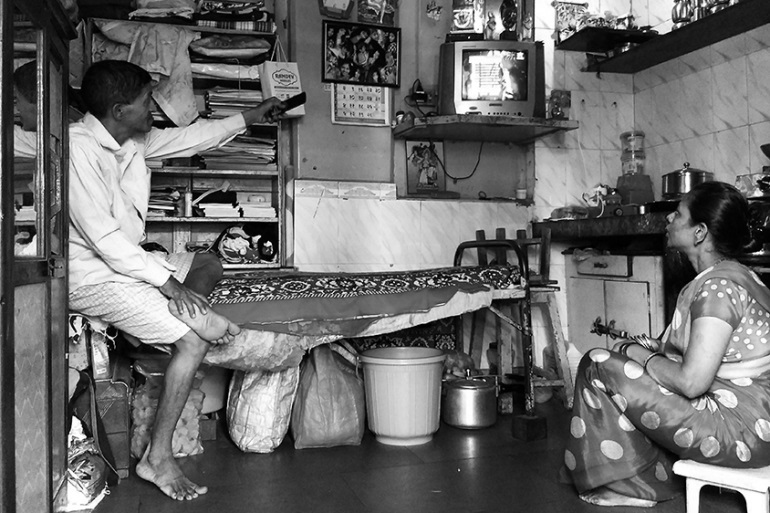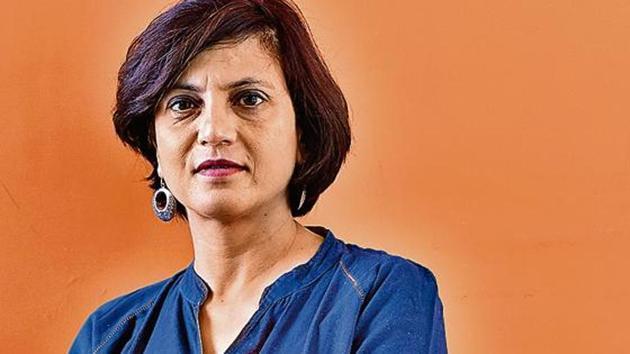Have you ever wondered why some projects on ArchitectureLive! grab more eye balls than others? The answer is here, in a short blog post that would help your projects reach out to more audiences.
ArchitectureLive! is already built around the objective of making architectural projects more visible and architectural information more accessible on the internet. When you upload a project on ArchitectureLive!, a few things that would assure better visibility are automatically taken care of, like a Search Engine Friendly URL and automatically generated Keywords. From our end, we also share the projects with our members through Newsletters and Social Media. See the image below, that features some of the most viewed projects on the Portal.
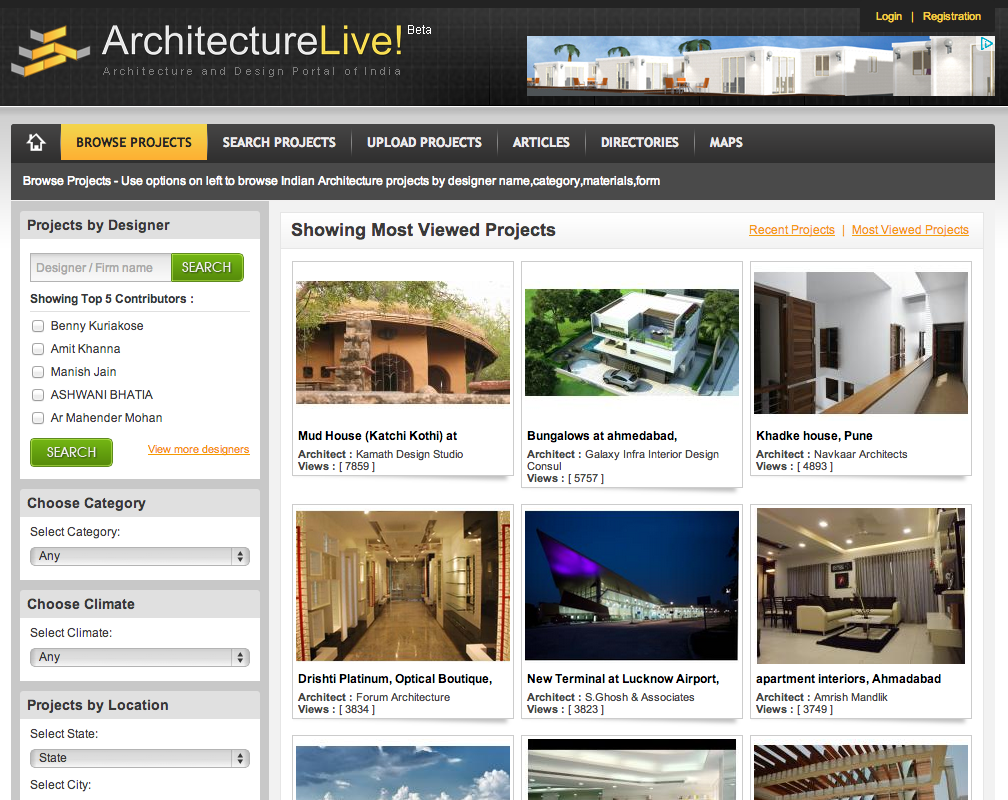
Following are a few tips that would help you make your projects more ‘searchable’, more visible and easily accessible.
1. Add as much ‘relevant’ information as possible.
We only make certain projects FEATURED on our Portal. FEATURED Projects appear on our home page and are also shared on our Social Media Pages, Facebook, Twitter, Google+ and Pinterest.
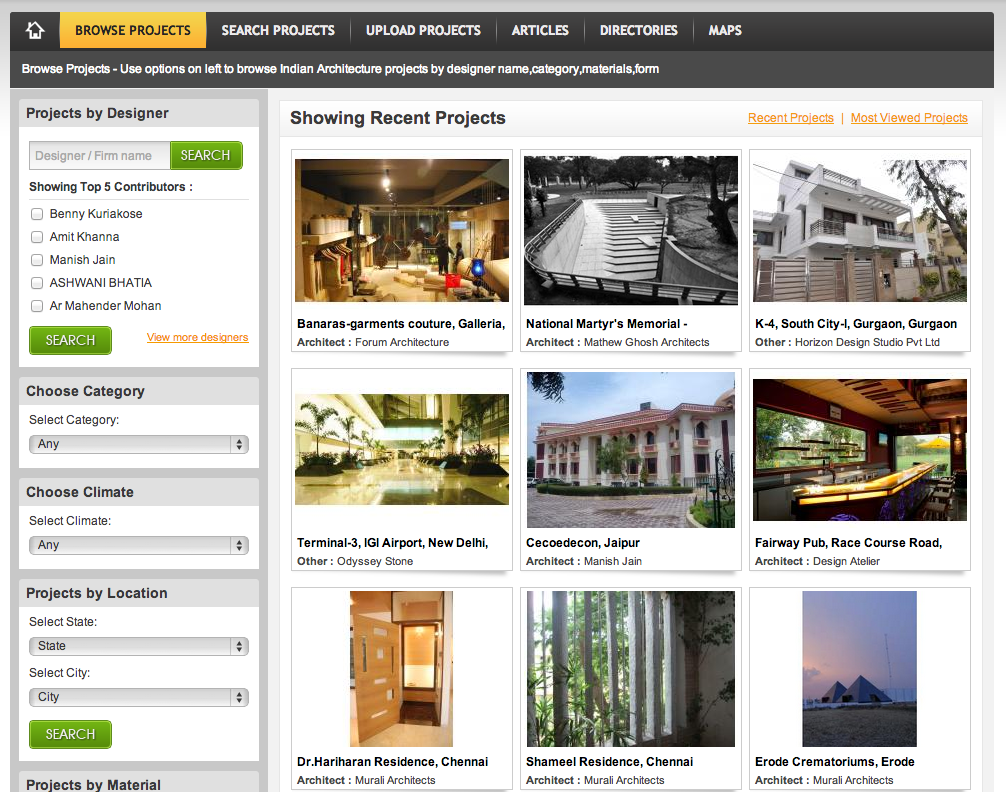
Information attached to every project plays a key role in ensuring better visibility and searchability on the Internet. You must have already observed that some information asked is mandatory, and a lot is optional. Just adding mandatory information may not help.
A professionally written description of about 150-200 words, that includes ‘keywords’ which describe your project should work magic. Other information like team members, materials, climate, topography, concept/metaphor etc, though not mandatory, helps bring in a lot of eyeballs to your project and keeps the viewer engaged for more time. And, not to mention again, every piece of information you add makes your project do better with search rankings.
May you need help with writing for your projects, or photography, do let us know. We can help you connect with some experts! 🙂
2. Add 3000 words OR 3 nice pictures:
Adding three pictures is mandatory. But you can safely go on adding up to seven pictures. Want to upload more pictures? Let us know, at a small fee, we allow users to add up to fifteen pictures with every project. And you can keep updating the pictures, as and when required by you.
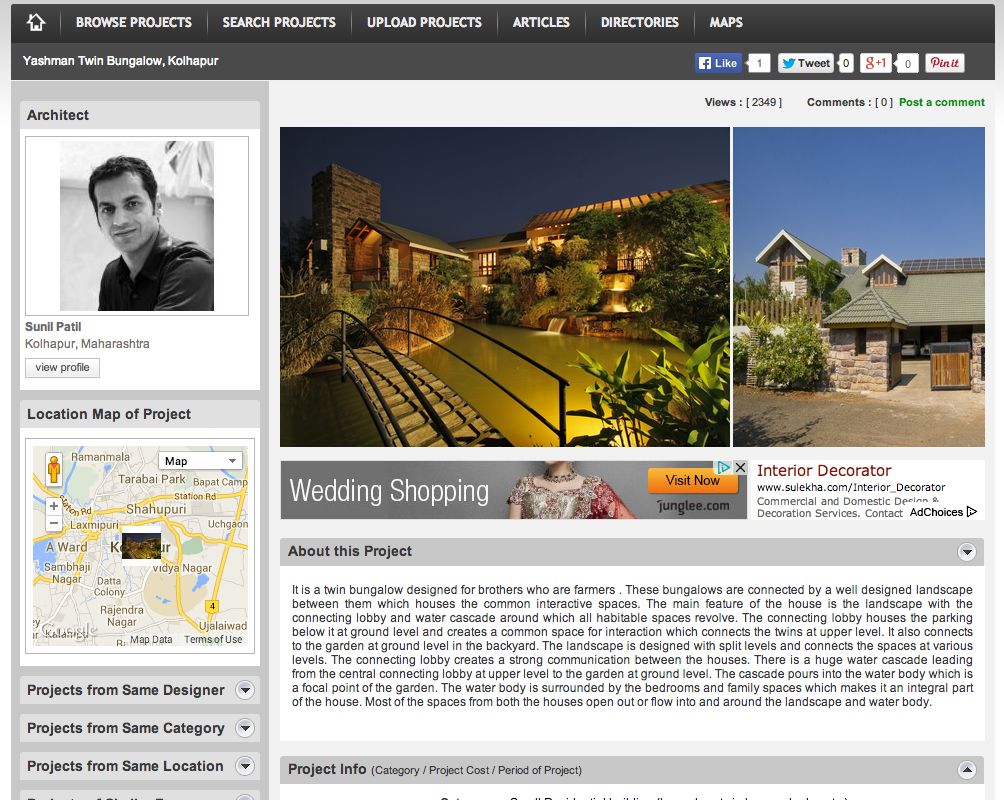
Pictures add dramatic value to your project page. Ensure that each picture is optimised for the web, which means lighter in size, professionally taken and NOT more than 3000 Pixels on the longer side. The reason being lighter pictures load faster and please viewers. We also add pictures to our Pinterest Board.
Choose the cover image carefully and ensure that it is well below 3000 Pixels on the longer side. If the cover image is more than that, the thumbnail won’t show up, as our system ignores it and replaces the same with our logo. See below:
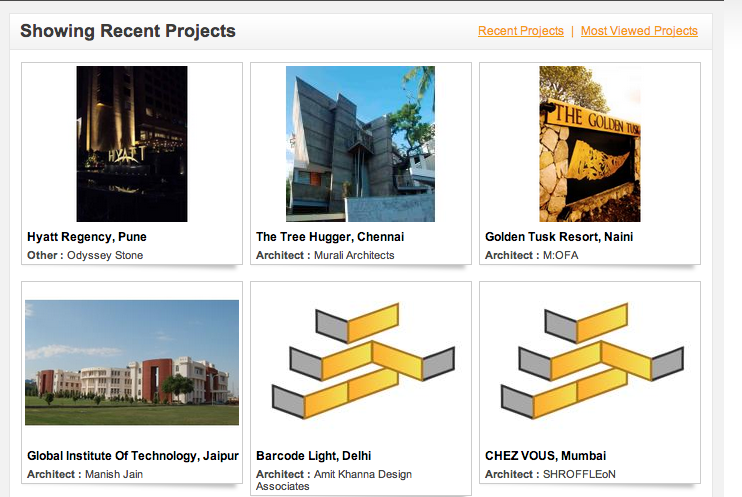
3. Location of your project
We have a dynamically updating Google Map HERE, which features projects across India. And, very soon we are coming up with an App for smartphones that would feature selected projects and connect users with your projects and your firm. Our system allows you to precisely locate your project(s) on Google Maps. Ensure you are making the best of it.
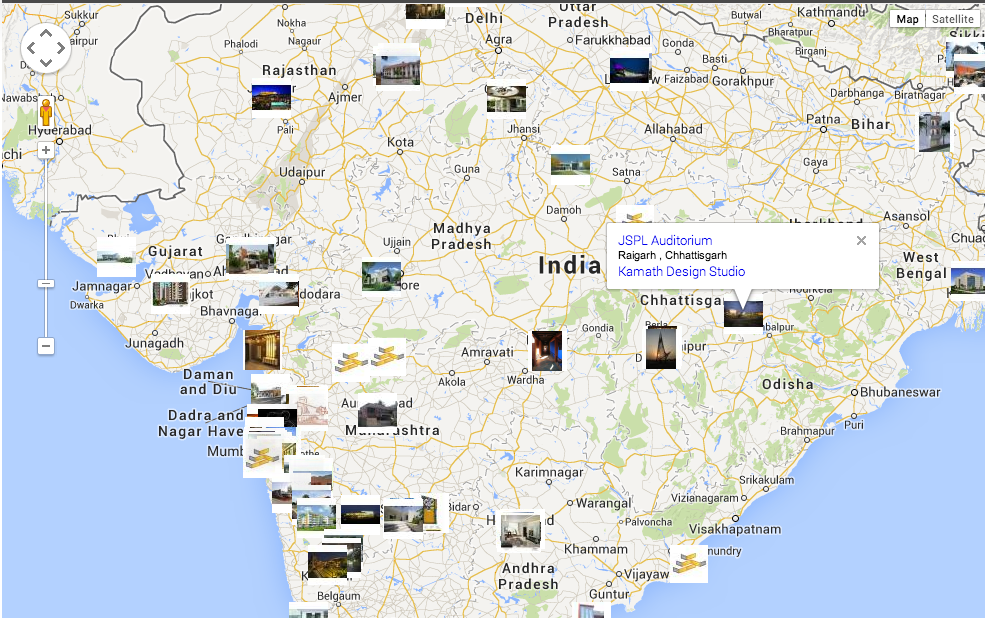
If the project is not placed correctly on the Google Map, it will show an error and such projects may be deleted with or without information.
4. Keywords
When you upload a project online, some keywords are automatically generated, like- Name of the Project, Location, Name of the Firm and Status and added to the URL (Project Link).
This ensures that important keywords are indexable by Search Engines like Google, Bing and Yahoo. See the URL in the image below.

Add some more keywords to describe your project. Ideally, about five more, in addition to the automatically added keywords, should work. These keywords get recorded in the database, are publicly visible and are also searchable online.
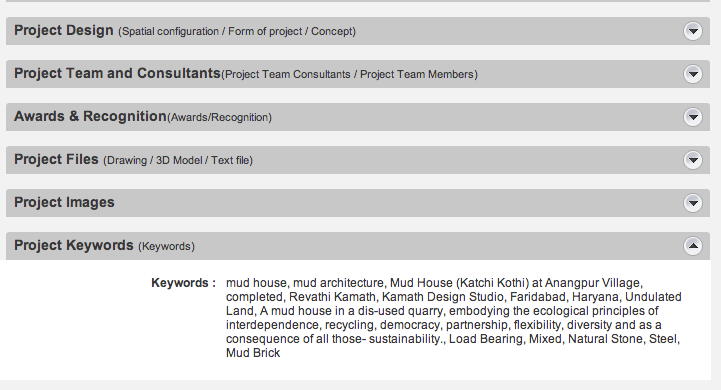
5. Share the project ahead!
If you are reading this, there are high chances that you are already on Social Media (Facebook, Twitter, LinkedIn, Google+, Pinterest and more..)
From our end, we will take every care that your project receives the attention it deserves. We will share it through Newsletters, Social Media and various groups of architecture and design interests online. We might also notify you when we do it. But, it is highly recommended that you share the project online on Social Media (Facebook, Twitter and others), with your friends and groups.
Every project page allows easy online sharing. Currently, we have added Facebook, Twitter, Google+ and Pinterest to our sharing lists, to keep it minimum and simple. We may, in future, add more sharing options.
6. Ask for help, we can provide…
At a small fee, we can provide you with professional assistance with writing, photography and ensuring the visibility that your project deserves. Write to us on [email protected]
We are sure, the above steps are not difficult to follow. May you need any help with publishing your projects, do let us know. Happy sharing!

